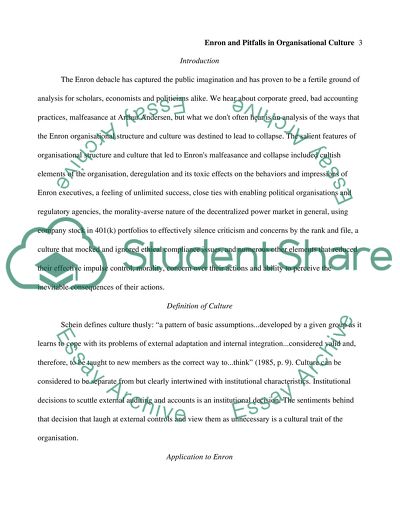Cite this document
(“Organisations Design Essay Example | Topics and Well Written Essays - 2000 words”, n.d.)
Retrieved from https://studentshare.org/environmental-studies/1405140-organisations-design
Retrieved from https://studentshare.org/environmental-studies/1405140-organisations-design
(Organisations Design Essay Example | Topics and Well Written Essays - 2000 Words)
https://studentshare.org/environmental-studies/1405140-organisations-design.
https://studentshare.org/environmental-studies/1405140-organisations-design.
“Organisations Design Essay Example | Topics and Well Written Essays - 2000 Words”, n.d. https://studentshare.org/environmental-studies/1405140-organisations-design.


